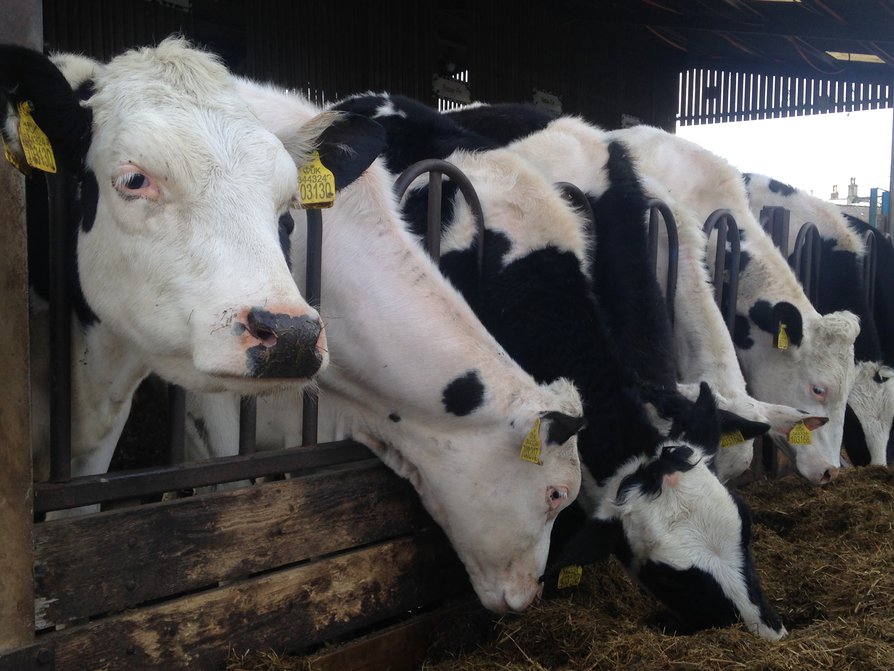What kind of additive should I use?
Different crops have different issues when it comes to making and feeding silage. The two main problems are achieving low, stable pH quickly and preventing aerobic spoilage (heating and moulding), especially at feedout. Generally crops that are difficult to ferment are aerobically stable and vice versa.

| Crop | Main Issue |
| Low DM grass | Fermentation |
| Legumes | Fermentation |
| High DM grass | Aerobic spoilage |
| Maize | Aerobic spoilage |
| Wholecrop cereals | Aerobic spoilage |
Both issues can be dealt with using either inoculants or chemical additives.
For fermentation you can use an inoculant containing homofermentative lactic acid bacteria to bring about a fast, efficient fermentation. Alternatively you can apply an acid product to reduce the pH directly.
Some homofermentative inoculants have also been shown to bring about improvements in animal performance, even in situations when the untreated silage would have undergone a good fermentation. Improvements in animal performance with chemical additives are normally only found when the untreated silage would have undergone a poor fermentation.
For improved aerobic stability there are also inoculants available. These may contain heterofermentative lactic acid bacteria, in particular Lactobacillus buchneri which carries out a secondary fermentation, converting lactic acid into the anti-fungal acetic acid. Alternatively, there are a number of chemical food/feed preservatives available, usually based on sorbate, propionate or benzoate. Inhibition of aerobic spoilage can improve animal performance because heated silages are generally less palatable with a lower nutritional value; some moulds also produce mycotoxins which can adversely affect animal performance, health and fertility.